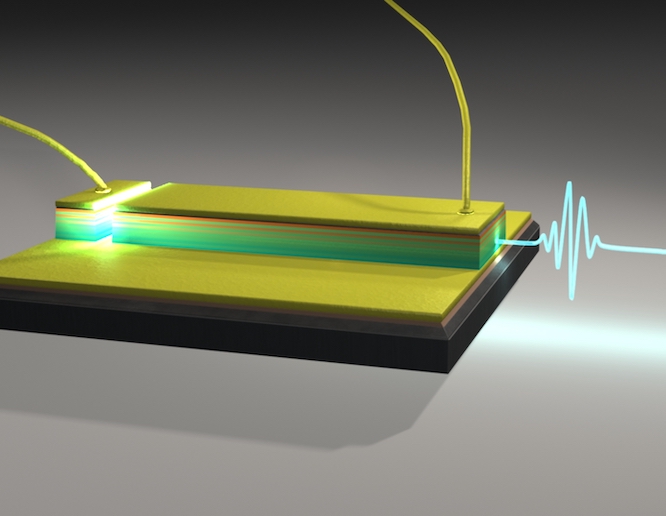Exploring and exploiting engineered oxide interfaces
Thin layers of oxide materials can display an astonishing variety of electronic and ionic phenomena. However, despite considerable advances in the field, there are many experimental and theoretical challenges to address before the potential applications can be realised. With this in mind, the 'Engineering exotic phenomena at oxide interfaces' (OXIDES) project, funded by the EU, set out to target the engineering of 'exotic phenomena' at oxide interfaces. OXIDES was not only a theory-driven project, but also relied on interactions with experimentalists. The main aim of the project was to develop techniques to model the most relevant types of oxide interfaces. In addition, the objective was to use these tools to design a new generation of layered nanomaterials with unique properties. In line with these aims, the OXIDES team developed new theoretical and simulation techniques, and contributed to the identification and characterisation of structured layers of highly promising oxides. The researchers also investigated the possibilities of including these layered materials in actual practical devices. By the end of the project, OXIDES had developed one such prototype device, which opens the door to specific electronic applications not usually accessible via the normal silicon-based technology. The patent for this invention is being applied for and action plans for future work are being drawn up to capitalise on the achievement.







